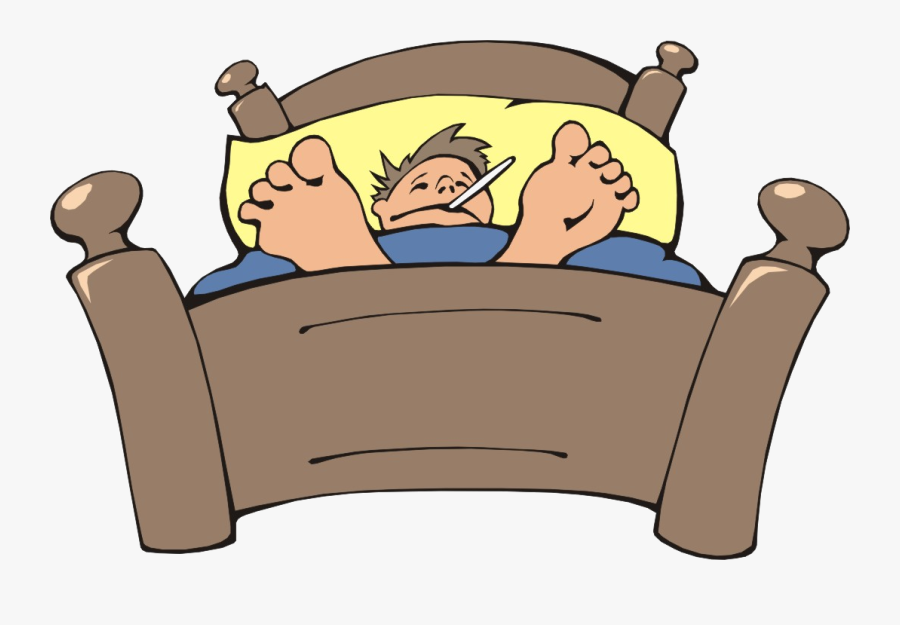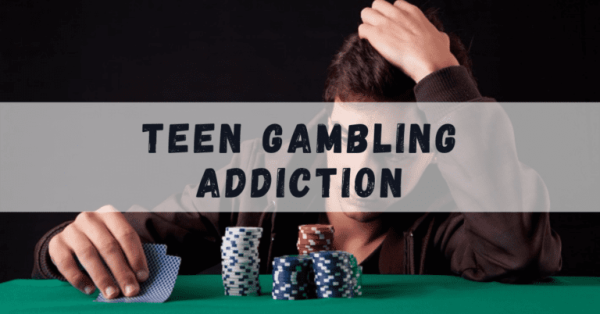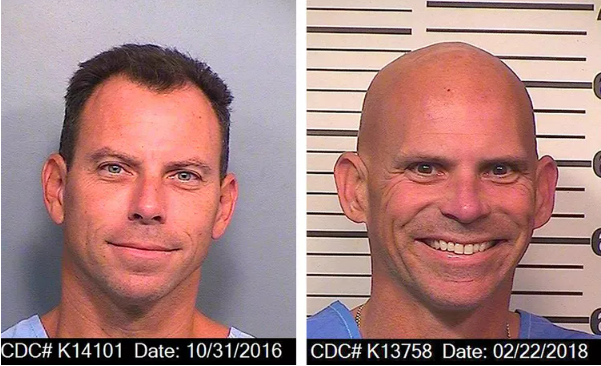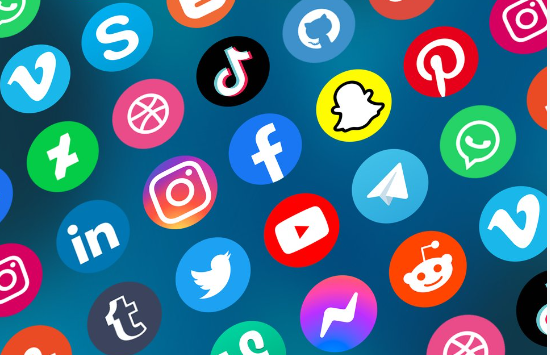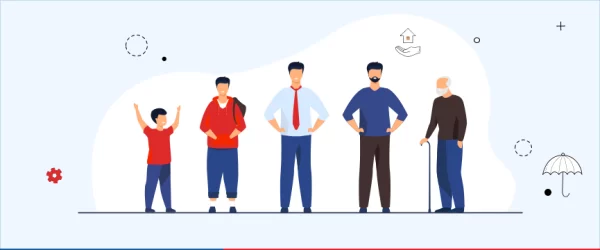“It was not fun.”
A COVID-19 survivor and his family share their story
As the United States scrambles to react to the deadly pandemic that has swept across the globe, massive alterations have been made to our daily lives as a result. With continuously increasing numbers approaching two million infected internationally, millions unemployed, and social distancing measures in place, coronavirus (COVID-19) is without a doubt a serious issue that has taken the world by storm. But what is it like to actually have the virus? The Torch had the opportunity to communicate with real COVID-19 survivor Ken and his family to obtain a first-hand account of its devastating toll.
Ken works in Information Technology (IT) at Jack D. Weiler Hospital in the Bronx, N.Y., and likely contracted the virus there. He reveals that they were not given “adequate masks” such as the N95 mask. Many of his coworkers also contracted the virus, and some of his coworkers’ friends have even died. Fortunately, he has not faced the worst implications of the virus, experiencing only minor symptoms such as lack of taste and smell, a cough, chills, a fever (which reached over 101 degrees Fahrenheit), and migraines.
The first signs of the illness showed up on the night of Friday, March 20. “I never feared for my life, but that night I was waking up every hour megadosing on Vitamin C, D3, and zinc,” Ken recalls. He initially presumed he just had a bad cold. “My wife thought I was crazy.”
That did not stop his family from imposing the necessary precautions. The following day, he went to a walk-in clinic and tested negative for the flu. Since at the time all patients who were tested negative for the flu were instructed to assume they had COVID-19, he immediately began self-isolation and was “banished to the basement,” as Dawn, his wife, details.
Dawn set up a makeshift bed for Ken on the couch, complete with pillows, blankets, the TV remote, Clorox wipes, a face mask, Lysol spray and gloves. He had access to a separate bathroom, but had to come upstairs to shower, which was a tedious procedure. “When he came up he had to wear a mask and gloves, carry Lysol, shower, spray the bathroom and go straight back down,” Dawn recalls. “All meals were brought to him, and I would be armed with gloves and a mask.”
A typical day with COVID-19 was spent self-isolating downstairs while “watching CNBC and trading stocks.” However, having heard that fluid is retained in the lungs if one does not keep moving, Ken did not allow the virus to prevent him from staying active. He would walk outside every afternoon wearing both gloves and a mask. He also had to eat every meal by himself and throw his clothes in the wash everyday. Ken cautiously advises anyone who has coronavirus to “not stay in bed all day and drink plenty of water and hot tea.”
And it appears his measures worked, because his symptoms only persisted for a brief period of time. Three days after he had a fever on Monday, March 23, his temperature went back to normal. “I am very lucky,” he says. “My Occupational Health and Safety (OHS) work health office said as long as I had no fever for three days it was okay to go back to work.” Therefore, he only missed one week of work due to the virus.
The testing was not a pleasant experience either. Ken called the state on the first Saturday of his isolation and had to wait three hours for them to answer the phone. He, his wife, and their two daughters were then scheduled to take the coronavirus test on Monday at the Anthony Wayne Recreation area off the Palisades Parkway. The army medic put a long nasal swab in their nostrils and down into their throats for ten seconds.
“It was not fun,” Ken simply puts it. Dawn agrees, disclosing that “armed guards were everywhere” and that the very deep swab “tasted awful.” However, she thought the overall experience was even worse than the test itself, elaborating, “The people were amazing, but you felt as if you had done something wrong.”
The positive results came in on Wednesday, five days after he started showing symptoms. The rest of the family tested negative. Dawn recounts, “It was terrifying because you didn’t know if symptoms would get worse.”
Unfortunately, much remains uncertain regarding the disease; therefore, their is the possibility that their kids, who are asymptomatic now, will get the virus or might have already had the virus weeks ago without even knowing it. Dawn remains concerned about the whole family’s risk of infection. She still worries her husband will come home once again with COVID-19.
Lexis, 18, the couple’s eldest daughter, is trained as an Emergency Medical Technician (EMT), providing basic, life-saving procedures to patients in the case of an emergency. “I am afraid [of contracting COVID-19]; it is a scary thing,” she conveys. “However, in the field I am in, I have to be brave. Being an EMT [means] I have to go out there not always having the appropriate personal protective equipment and have to just do what I have to do.”
Lexis believes she might have contracted the virus as early as February without realizing it. She admits, “I had a really bad cough, body aches, sore throat, fever, etc., and I also tested negative for flu and strep, hence there is a chance I could have had it.” Obviously, this was before restrictions like social distancing were put into practice and before the U.S. became encompassed by the pandemic. Some studies suggest the coronavirus was spreading throughout the New York City area during that month, with many cases going unreported.
The world seems to have reached a standstill, with graduations, proms, weddings, concerts, schools, and other important events being cancelled and many non-essential businesses shut down. Lexis is currently a student at SUNY Binghamton and believes it is crazy and scary how her life has completely flipped upside down in a matter of weeks.
“This illness stole the rest of my freshman year in college, it took away my proper education, my sorority events, my time doing EMS there, and all my friends,” Lexis explains. She was forced to return home (which ironically happened to be the same day as when her father began his isolation) to continue her studies online, but has found the task overwhelming. For her, home meant rest, so associating it now as a place to complete school work instead of relaxation has been very difficult.
Similarly, Ken’s life also has been transformed. After returning to work, he was forced to adjust to the new procedures and operations of the hospital as confirmed cases continue to spiral out of control, especially in New York. He describes his experience working at Weiler as “tough” and “sobering,” claiming how everyone now wears a mask and there are now many ICU COVID units all over the hospital, with teams working tirelessly to end the suffering of their fellow humans.
When he enters one of these units, he must dress in two gowns and wear two masks and gloves. “It’s very scary,” Ken confesses. “I have seen many COVID-19 patients that look near death, hooked up to ventilators fighting to stay alive.” Ken notes that it is particularly depressing when he sees COVID patients in their twenties in these rooms. While the majority of deaths may arise from those 65 and older and/or those with underlying medical conditions (according to the CDC), Ken’s encounters prove that young people are not excluded from the virus’s brutal wake.
However, through their experiences, both father and daughter have learned a vital lesson: “It really makes you think how fragile and precious life is and how important it is to make the most of each day,” they declare. “You cannot take anything for granted.”

